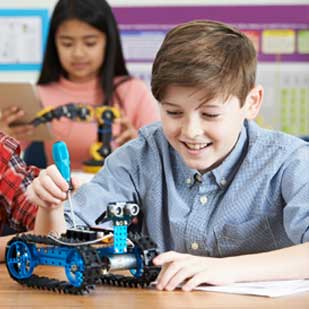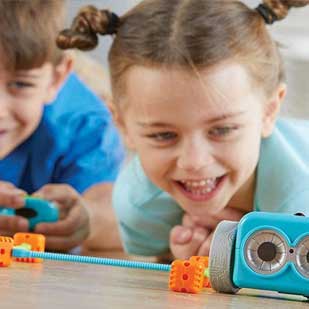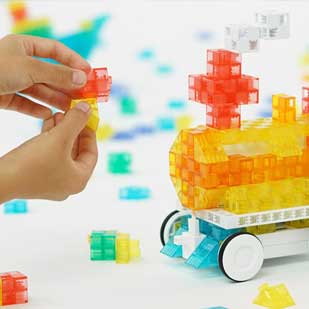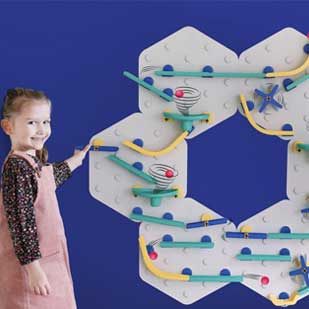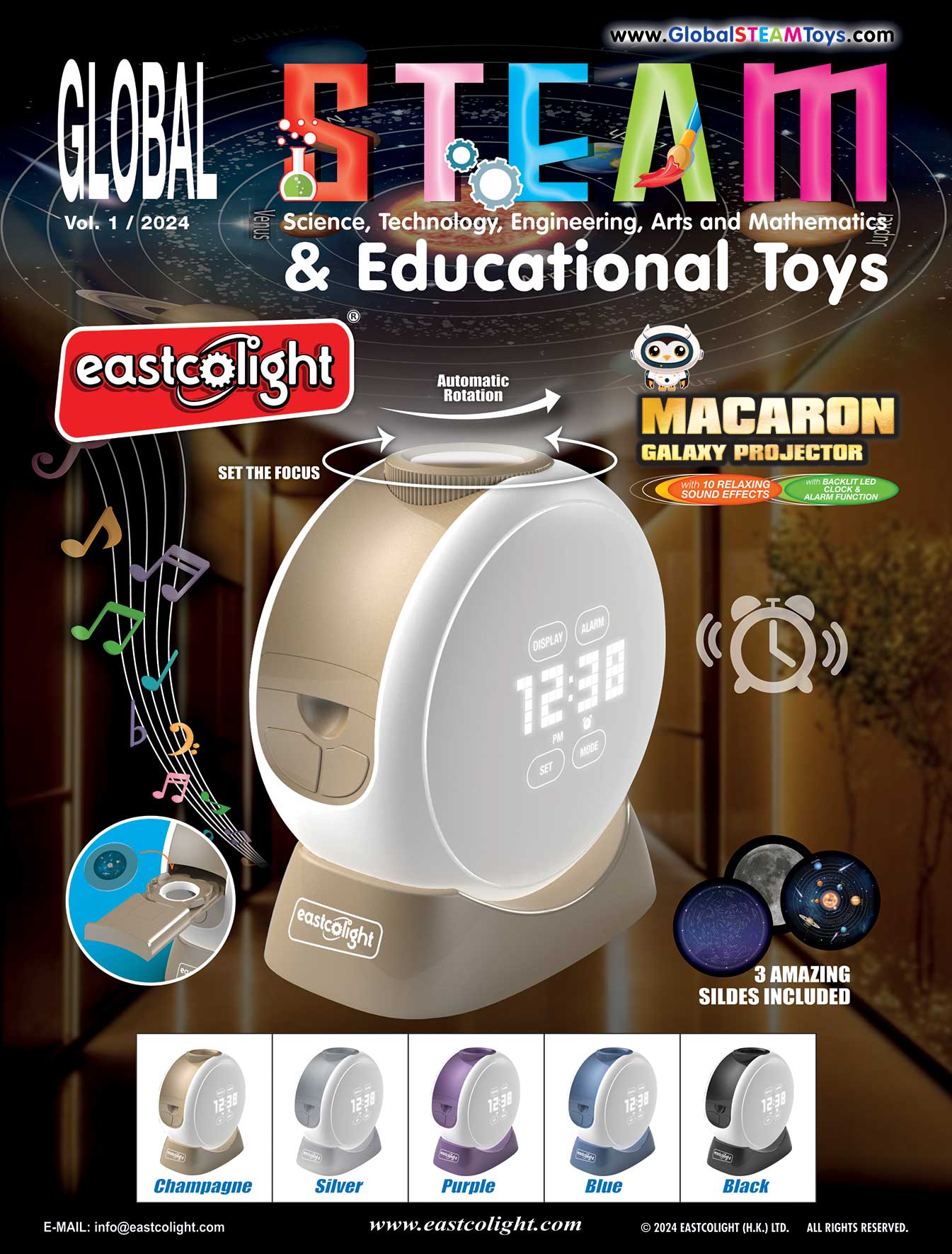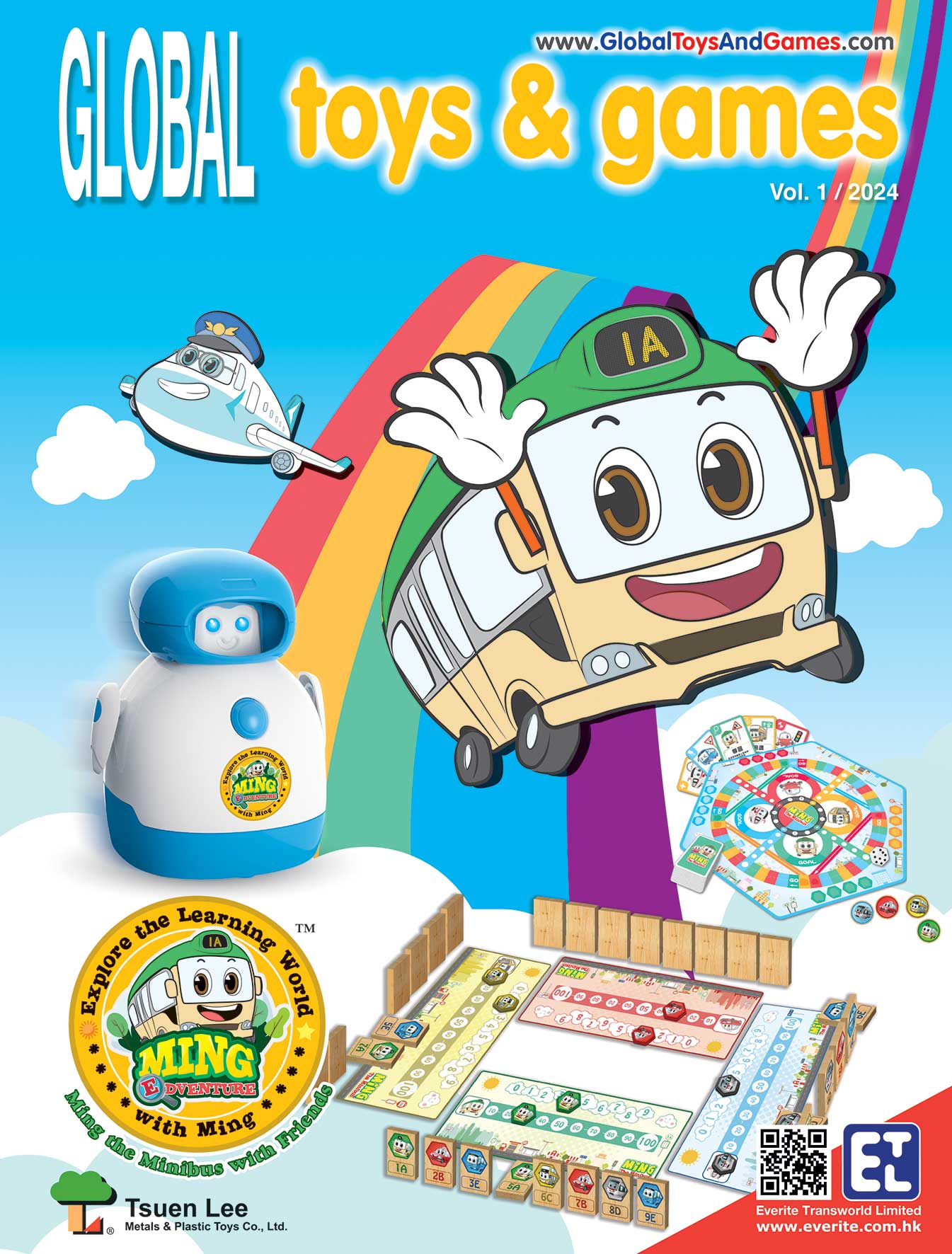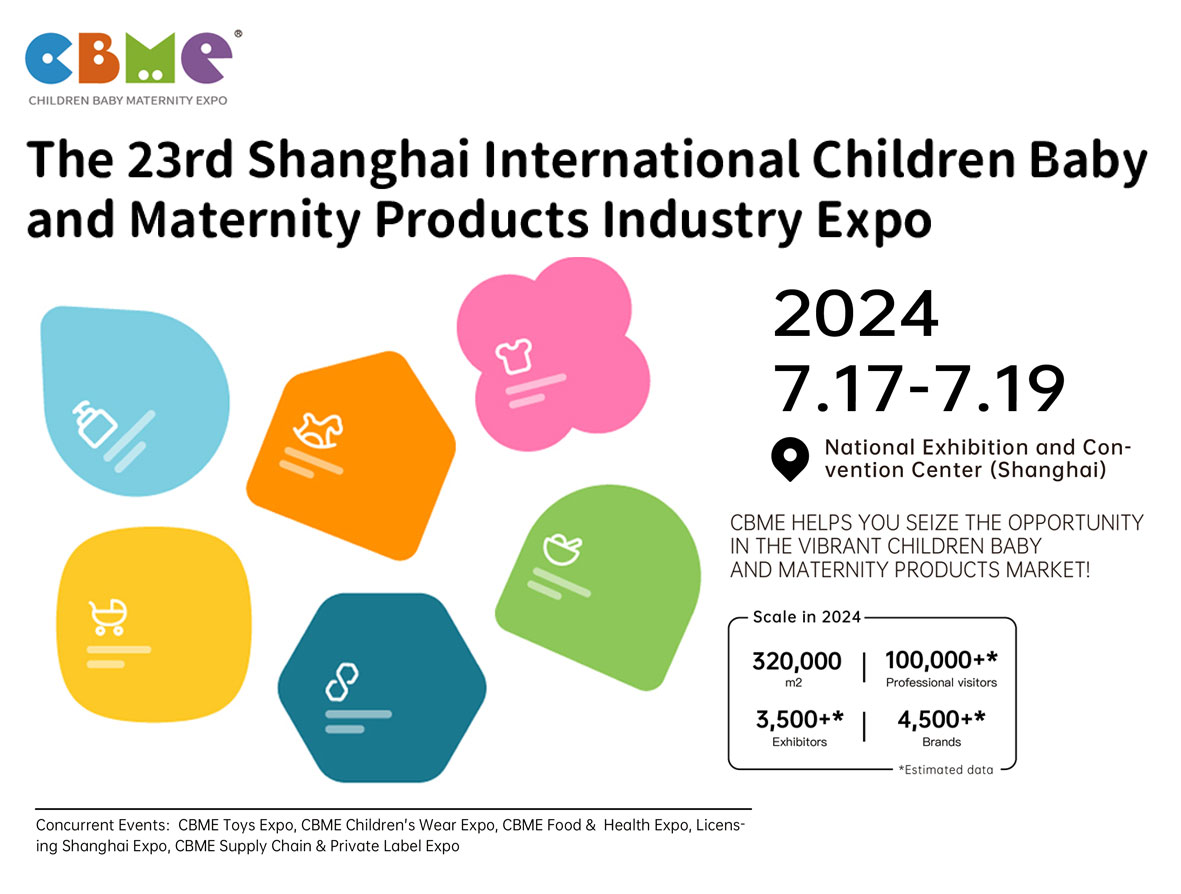- Home
- About Us
- Contact Us
-
Corporate Websites
- http://www.GlobalToysandGames.com
Menu
Press-Releases
Post Pandemic Recovery - Worldwide STEAM Toys Market Analysis and Forecasts
Jun 2021
Toys play an important role in a child's growth and development. Computing, machine learning, artificial intelligence, facial identification, and other technologies are already impacting practically every business, including the toy industry. According to STEAM Toys Market - Global Outlook and Forecast 2020-2025, the global Science, Technology, Engineering, and Mathematics (STEM) toys market is predicted to increase at a CAGR of 7% between 2020 and 2025. According to the analysis of the global STEM toys market, the sector would rise 1.5X during the forecast timeframe.
The sharp rise of smart toys can be linked to a growing awareness of technology-led teaching, in which smart toys are seen as the most effective medium for building children's mental, physical, and intellectual abilities through the use of artificial intelligence. In addition, augmented reality in toys has gained a lot of traction in recent years. AR games are frequently used to assist children improve their analytical and reasoning skills, fueling the desire for smart toys. Furthermore, the market is being augmented by the impending concept of the internet of toys. An increase in disposable money among middle-income groups, as well as changing lifestyles, are driving market expansion. The dominance of electrical and technological items is widely exploited. As a result, the segment is predicted to exceed $3 billion by 2025. The section consists of educational toys and games that are appropriate for countries with a high demand for STEM-related occupations. Due to high internet penetration levels, they are popular in Asia, particularly in China, Europe, North America, and the Gulf Cooperation Council (GCC). During the projected period, the 0–3 years sector is predicted to increase at a CAGR of close to 6%. APAC is expected to be the fastest-growing region. The industry is predicted to be dominated by China, with Malaysia, Thailand, and Singapore projected to lead the growth of the STEM toys market.
The Asia-Pacific region is predicted to develop the fastest. Vendors are expected to focus on countries such as India and China in the years ahead, portraying a significant growth opportunity for the market. Companies in the region are focusing on increasing their visibility by expanding their reach through digital platforms. Emerging economies such as China and India are exhibiting a trend toward online education, which is expected to drive development in the intelligent toys market. Furthermore, spending on R&D facilities of artificial intelligence corporations operating in countries such as Japan and South Korea has surged. This is intended to aid smart toy producers in forming alliances in order to enhance their goods and achieve a competitive edge.
Engineering toys, like board games, are used to promote strategic and construction abilities in kids and are predicted to increase at a CAGR of close to 7%. APAC and Latin America are likely to have the most growth due to a strong culture of playing construction games in nations such as India, Brazil, and Mexico. Western countries' demand is being driven by an increase in the number of theme-based building kits. During the 2020 pandemic, the category has developed as one of the most in-demand. The construction industry is a popular choice for gaining engineering and building abilities. Sustainability and eco-friendliness have the potential to be important trendsetters and the next great opportunity in the market. By 2025, the mathematic market is predicted to account for more than 7% of worldwide sales. APAC is the region's fastest-growing market. It is likely to continue during the forecast period as a result of China's increasing production and consumption in APAC countries. The region's children have a strong interest in analytical and numerical toys.
During the forecast period, the 8–12 age group sector is expected to expand the quickest. Because of the development of capabilities and the diverse area of methods, vendors emphasize their goods and promote items to this age group. Parents believe that children aged 8–12 are the best ages for using STEM education toys to help with academics. LEGO, Hasbro, and Mattel are important vendors in the STEM education sector
The sharp rise of smart toys can be linked to a growing awareness of technology-led teaching, in which smart toys are seen as the most effective medium for building children's mental, physical, and intellectual abilities through the use of artificial intelligence. In addition, augmented reality in toys has gained a lot of traction in recent years. AR games are frequently used to assist children improve their analytical and reasoning skills, fueling the desire for smart toys. Furthermore, the market is being augmented by the impending concept of the internet of toys. An increase in disposable money among middle-income groups, as well as changing lifestyles, are driving market expansion. The dominance of electrical and technological items is widely exploited. As a result, the segment is predicted to exceed $3 billion by 2025. The section consists of educational toys and games that are appropriate for countries with a high demand for STEM-related occupations. Due to high internet penetration levels, they are popular in Asia, particularly in China, Europe, North America, and the Gulf Cooperation Council (GCC). During the projected period, the 0–3 years sector is predicted to increase at a CAGR of close to 6%. APAC is expected to be the fastest-growing region. The industry is predicted to be dominated by China, with Malaysia, Thailand, and Singapore projected to lead the growth of the STEM toys market.
The Asia-Pacific region is predicted to develop the fastest. Vendors are expected to focus on countries such as India and China in the years ahead, portraying a significant growth opportunity for the market. Companies in the region are focusing on increasing their visibility by expanding their reach through digital platforms. Emerging economies such as China and India are exhibiting a trend toward online education, which is expected to drive development in the intelligent toys market. Furthermore, spending on R&D facilities of artificial intelligence corporations operating in countries such as Japan and South Korea has surged. This is intended to aid smart toy producers in forming alliances in order to enhance their goods and achieve a competitive edge.
Engineering toys, like board games, are used to promote strategic and construction abilities in kids and are predicted to increase at a CAGR of close to 7%. APAC and Latin America are likely to have the most growth due to a strong culture of playing construction games in nations such as India, Brazil, and Mexico. Western countries' demand is being driven by an increase in the number of theme-based building kits. During the 2020 pandemic, the category has developed as one of the most in-demand. The construction industry is a popular choice for gaining engineering and building abilities. Sustainability and eco-friendliness have the potential to be important trendsetters and the next great opportunity in the market. By 2025, the mathematic market is predicted to account for more than 7% of worldwide sales. APAC is the region's fastest-growing market. It is likely to continue during the forecast period as a result of China's increasing production and consumption in APAC countries. The region's children have a strong interest in analytical and numerical toys.
During the forecast period, the 8–12 age group sector is expected to expand the quickest. Because of the development of capabilities and the diverse area of methods, vendors emphasize their goods and promote items to this age group. Parents believe that children aged 8–12 are the best ages for using STEM education toys to help with academics. LEGO, Hasbro, and Mattel are important vendors in the STEM education sector
Enterprise & Product Video

